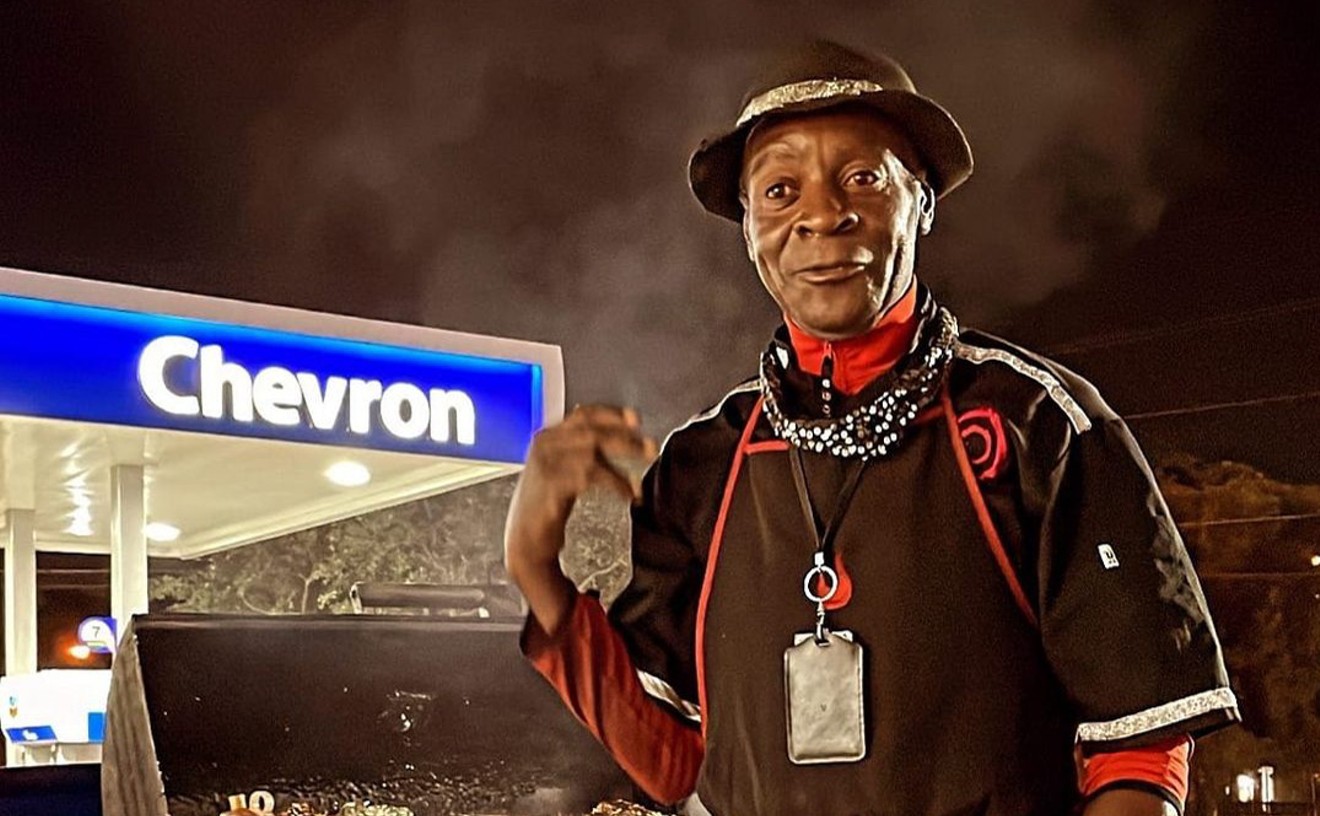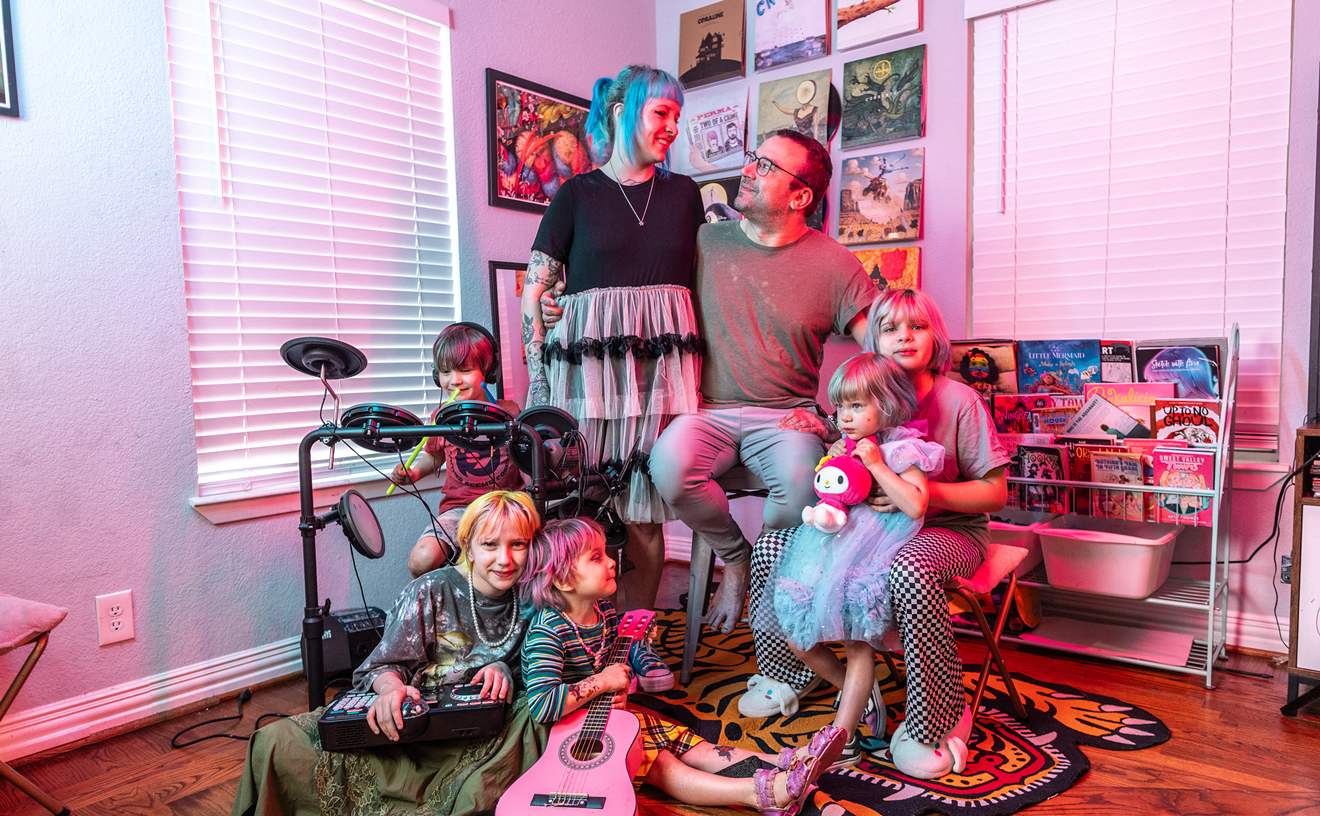There's a thin line between what's truly mysterious and what's totally bogus. A movie that leaves you feeling unclear about what's happening isn't necessarily mysterious — it may just be inept. In other words, the problem may be it, not you.
Shane Carruth's second feature, Upstream Color, a dystopian romance in which two damaged people find their way to one another, is a little mysterious. The picture is beautifully shot by Carruth himself; its tonal palette shifts easily from crisp to soft, assessing the menace and color-wheel beauty of the natural world as well as the somewhat beige, though not necessarily safe, comforts of the city. And it's far from inept: Carruth also edited the film himself, creating a cracked-mirror narrative that gradually pieces itself together.
But beware the allure of the quasi-experimental one-man show: There's a stream of pretension bubbling beneath the assured surface of Upstream Color — it's singing to us, and the words sound something like, "You probably won't get this, but try anyway." That's what keeps the film from having any emotional impact; it respects the laws of science more than the mad, vital entropy of art.
That was also true — truer, in fact — of Carruth's 2004 debut, Primer, in which two engineers build a time-travel whatsit in a garage. Upstream Color is far more ambitious, thematically and technically. But even though it's intended to be the emotionally richer movie — it's at least partly a love story, after all — Upstream Color is actually remoter. It's also fuller of well-disguised baloney. Almost midway through a man named Jeff, played by Carruth, approaches a woman named Kris (played by Amy Seimetz, also an indie-film writer and producer) on a train in an unnamed city. There's clearly something wrong: She's huddled in a corner seat, having sealed the world out with her headphones. She wears anonymity and dislocation like a hoodie.
Jeff and Kris strike up a tentative romance, pushed forward by fractured conversations and fracturing jump cuts. There's tenderness between them, and they need it: By this point in the film, we already know — as much as we know anything for sure in Upstream Color — what has happened to Kris. When we first meet her, she's an upstanding citizen with a good job in a creative field. Then an unnamed man slips her a mysterious narcotic made from what appear to be grubs. He kidnaps and brainwashes her, turning her into an automaton and forcing her to perform abstruse menial exercises and empty her bank account.
To be bewildered by Upstream Color is to be human. The story is obtuse by design, though the filmmaking is X-Acto precise. But it's a bloodless movie, and its ideas aren't as tricky or complex as Carruth's arch, mannered approach might suggest.










